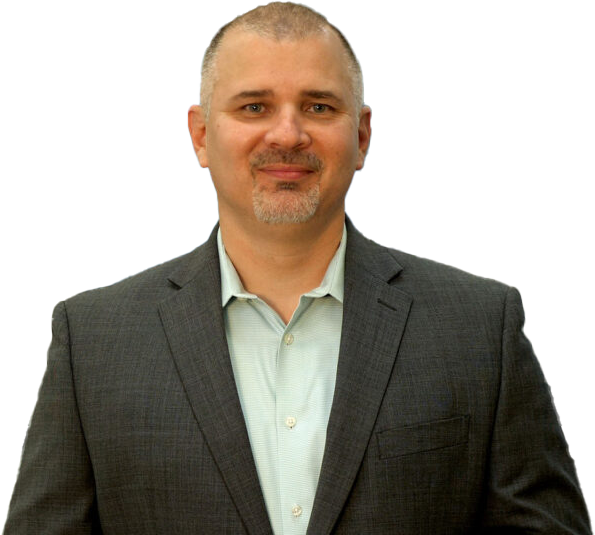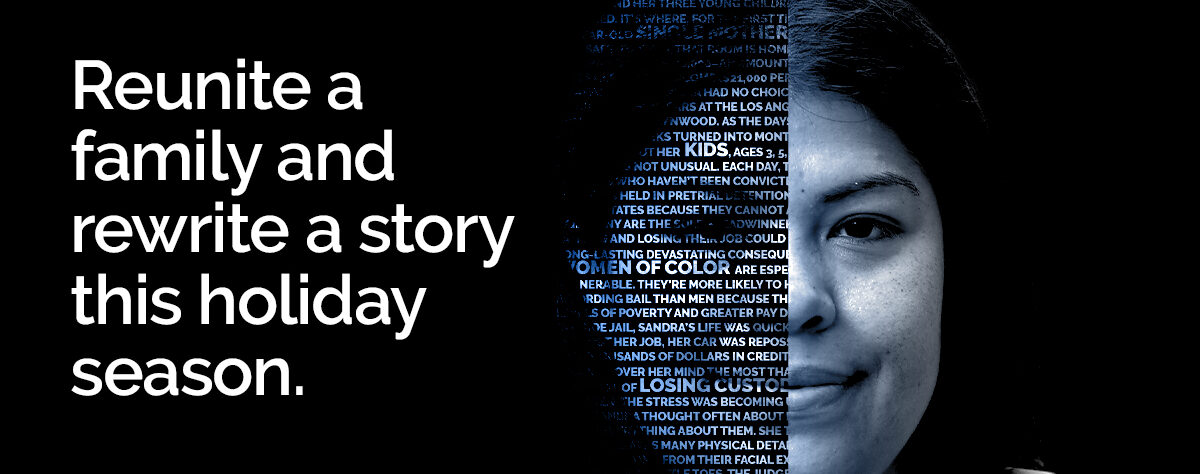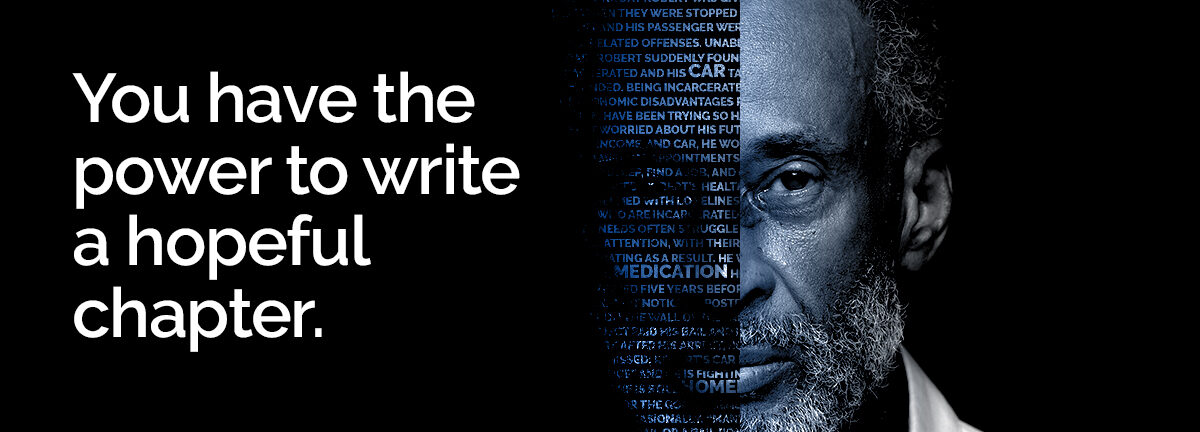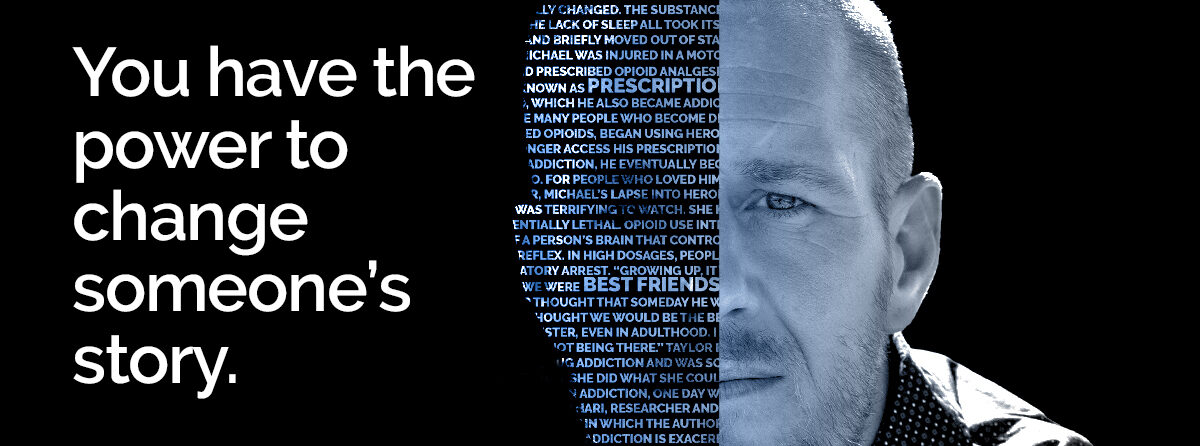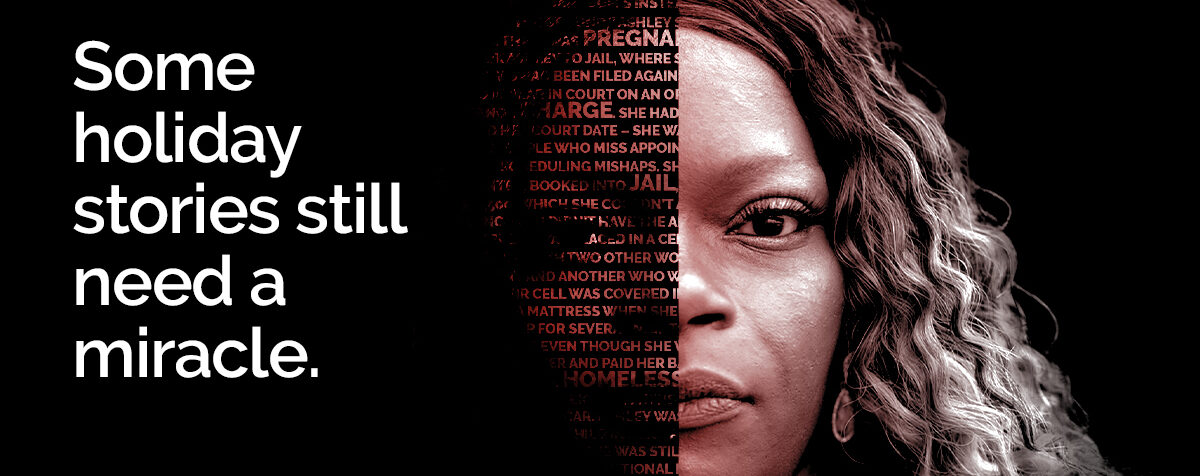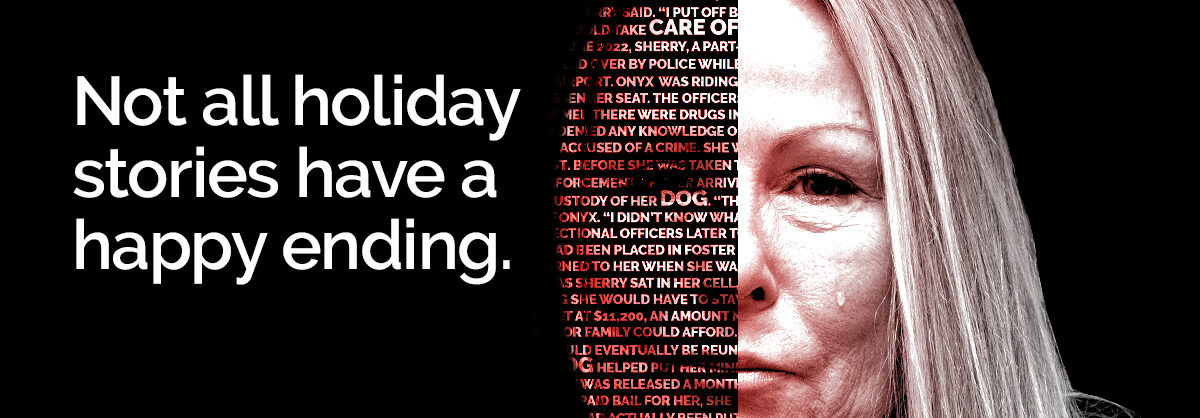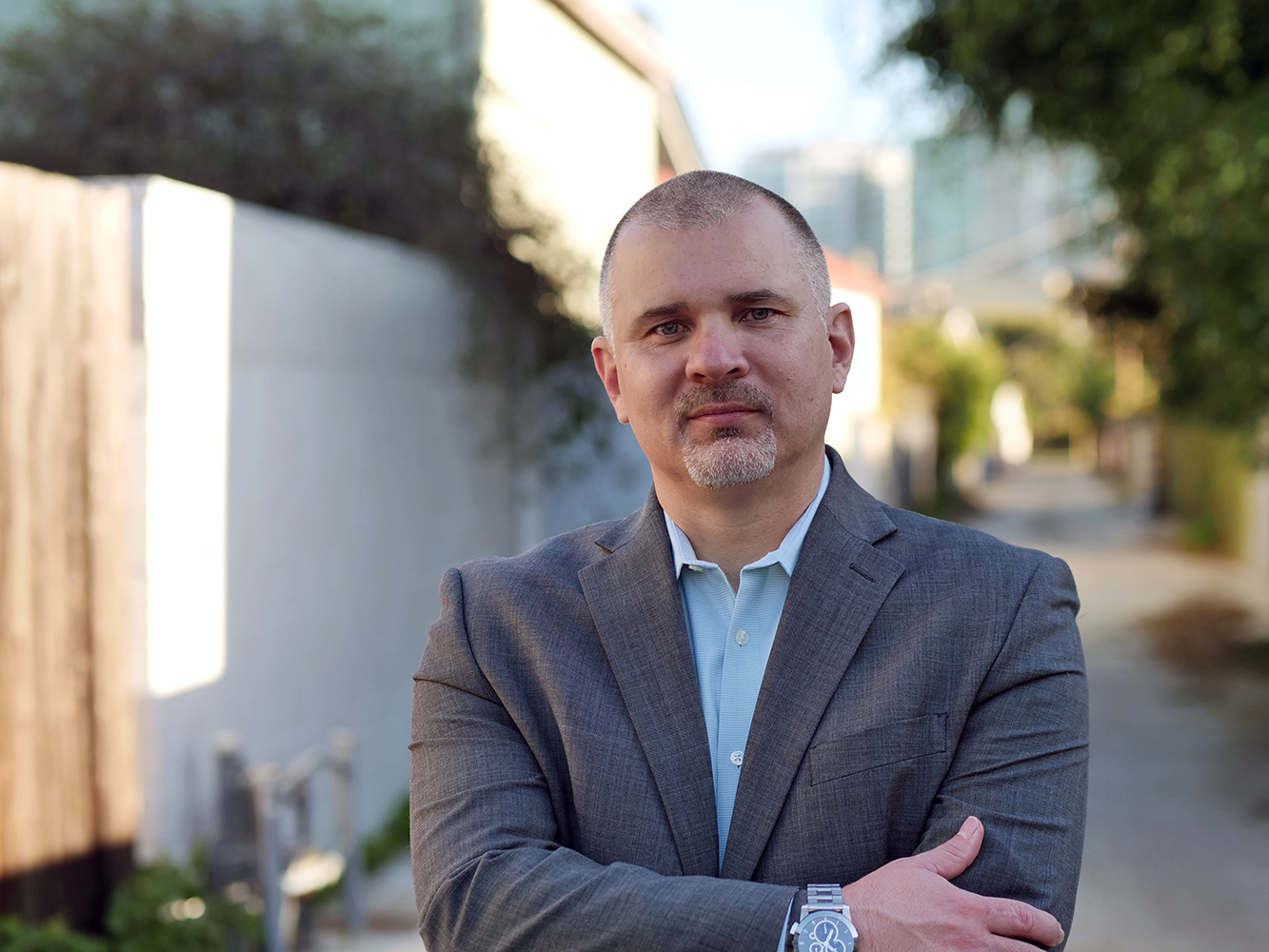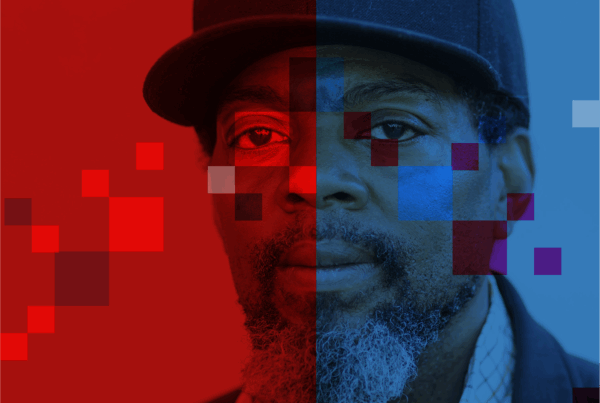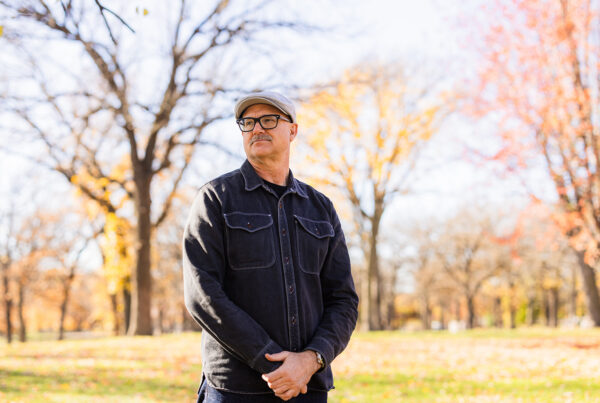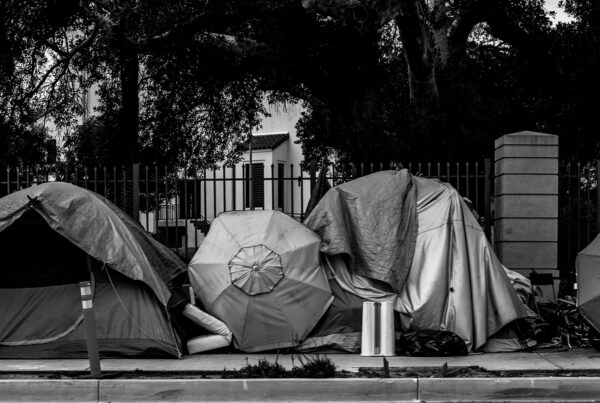I spent my first Christmas in jail at 23, separated from my family and the life I knew. I was one of nearly 1.1 million Americans behind bars during the holidays that year. Hundreds of thousands of us had not been convicted of the crimes we were accused of and the majority of us were incarcerated simply because we couldn’t afford cash bail.
Our criminal justice system’s primary role should be to protect public safety. But if we want to break the cycle of crime, we need to stop breaking people. Too many courts in Texas are doing the opposite by locking up innocent people who cannot afford bail, even though judges have deemed them eligible for release. This unnecessary incarceration feeds cycles of harm and leaves communities worse off.
Even a few days in jail can unravel a person’s life, costing them their job, their home and sometimes their family. For those living in poverty or struggling with mental illness or addiction, even brief jail time can be destabilizing, increasing the likelihood of future arrests.
For the last quarter century, we’ve relied too much on incarceration: the pretrial population in Texas’ jails has more than doubled from 24,168 people to 53,048 and we’re no better for it. People who are homeless wind up arrested just to get food or shelter from freezing temperatures. People with untreated mental illnesses find those conditions worsening in jail. And nonviolent offenders are routinely jailed for minor misdemeanors.
Our dangerous jails become even more precarious during the winter. As temperatures drop, many facilities provide inadequate heating and not enough blankets. It’s difficult to focus on rebuilding your life when you can’t stop shivering, your teeth chattering loudly inside your head. If we want to create safer communities and break the cycle of incarceration, we need to address the root causes of crime.
There are smarter and safer ways to release people without relying on cash bail. By expanding the use of citations for low-level offenses, allowing judges to set non-financial conditions of release, and providing supervision and services outside of jail. By finding ways to make sure jail is a last resort, we can safeguard our communities and set them up for success.
We can learn from Harris County. As of 2019, most people who are charged with misdemeanors don’t have to pay money to be home before their trial. Instead, they are released on a personal recognizance bond, where they promise to return to court at a future date. If they don’t, they can be fined and arrested. Since implementing these reforms, people have returned to court, as they said they would. The number of misdemeanors in Harris County has dropped by nearly 20% and the county has not seen an increase in violent crime. This reform has also saved taxpayers $6.6 million a year.
Despite its success, this kind of reform has not been widely implemented across Texas. Jails should be reserved for people who pose a danger or flight risk. This wouldn’t guarantee release for everyone, but it would let judges assess cases individually and use jail as a last resort.
It’s been almost thirty years since my first Christmas in jail, but our system hasn’t changed much since then. As we gather with our families this holiday season, we need to ask ourselves if separating people from their loved ones makes us safer. I lived through it, and I can tell you it does not. Keeping families together isn’t just the right thing to do; it’s the safe thing to do.
This op-ed originally appeared in Austin American-Statesman.
Thank you for reading. The Bail Project is a 501(c)(3) nonprofit organization that is only able to provide direct services and sustain systems change work through donations from people like you. If you found value in this article, please consider supporting our work today.
